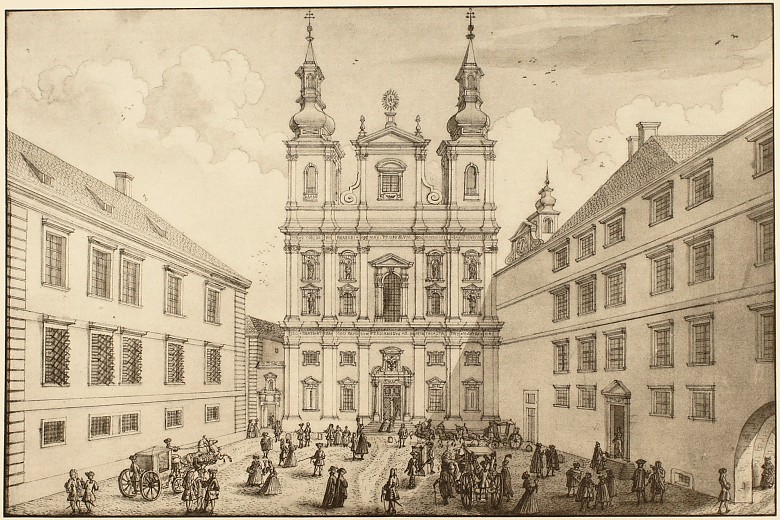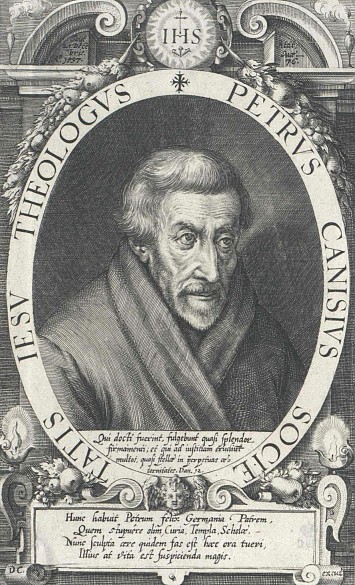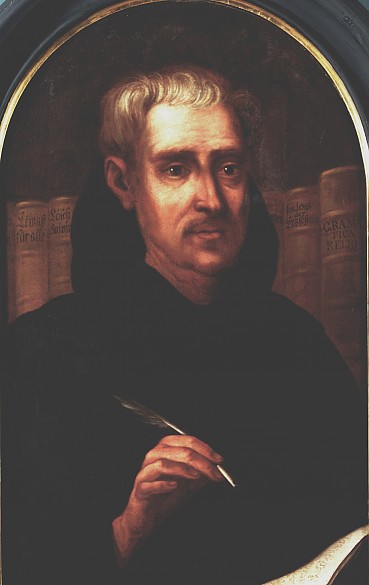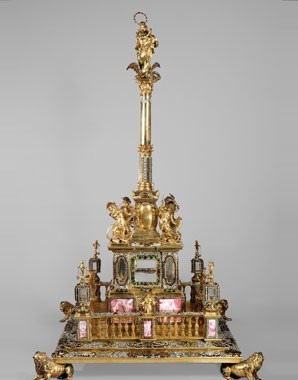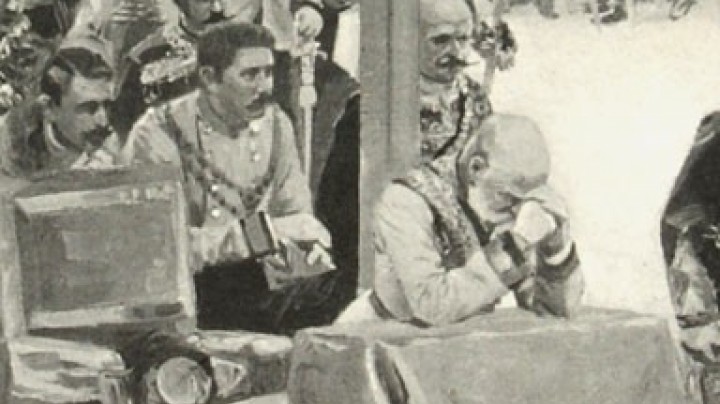The struggle for peoples’ souls – the Habsburgs and the Counter-Reformation
The Reformation fell on fruitful soil in the Habsburg territories. It was only massive Habsburg support that enabled the Catholic Church to renew itself. The old Church manifested a new self-assurance. The Jesuits spearheaded the Catholic Counter-Reformation. The course was set for confrontation.
With Emperor Rudolf II, a more aggressive tide within the Counter-Reformation hit the shore of state. It was oriented on the rock-like Catholicism of Spain and Italy and supplanted the humanist tendencies of his father Maximilian II, who had striven for conciliation and compromise.
Rudolf had been brought up in Spain with his brothers, as the main Spanish line of the dynasty wanted to ensure that the young princes were educated in the spirit of Catholic orthodoxy. On their return to Central Europe they brought with them a self-confident Catholic Church that was strongly influenced by Romanic cultural patterns.
The Jesuits were of immense importance in this ideological transfer. These ‘soldiers of Christ’ had taken a vow of absolute loyalty to the pope, were implacably opposed to any deviations from Catholic doctrine, and worked with great mobility and cosmopolitan scope. As tutors and confessors to many Habsburgs in the Baroque era, they had great political influence at Court.
Ferdinand I established the first Jesuit house in the empire in Vienna as early as 1551, and foundations followed in all the larger cities. In the Habsburg territories they were active primarily in education; the order succeeded in monopolizing academe and the world of higher education.
However, the Society of Jesus was only one of the ‘new orders’ of the Counter-Reformation that gave new impetus to pastoral and spiritual matters: others included the Capuchins, the Piarists and the Order of Hospitallers. Alongside them were the renewed medieval orders of the Carmelites, the Franciscans and the Servites. Depending on their calling, they concentrated their work on missionary work and preaching, education or charitable institutions.
After 1660, the Habsburgs launched a veritable monastic offensive in Vienna and the cities of the Austrian lands. With loyal Catholic families following the example of the dynasty, there was a boom in monastic foundations throughout the empire. An almost empire-wide network was formed of monasteries, pilgrimage shrines and monuments of Catholic piety.
However, the goal of making the mass of the population return to the Catholic Church was achieved not only by intensified pastoral care and pious works, but also through terror and violence. Habsburg state power rigorously destroyed Protestant ecclesiastical structures and persecuted non-Catholics mercilessly.
